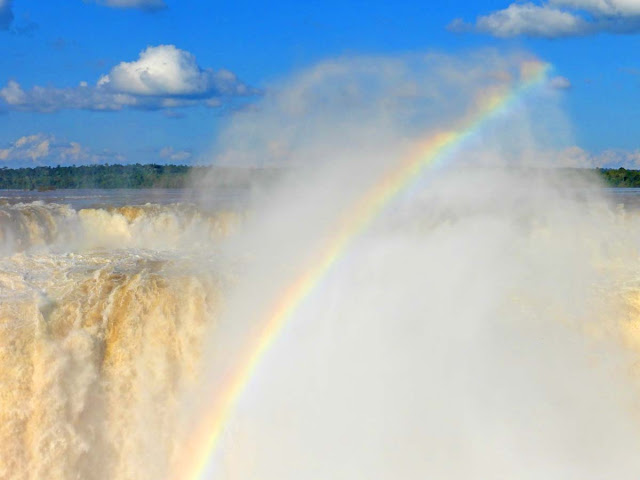The National Assembly Building in Thimphu ©Solange Hando
Progress came with a bang in 2006 when the 4th King announced his forthcoming abdication in favour of his son and the institution of a democratic government. Bhutan had come of age and the new National Assembly held its first session in 2008. The Bhutan Peace and Prosperity Party won every seat but two, but the situation was reversed in 2013 when the People's Democratic Party secured 32/47 seats.
Once again, change was on its way but in this traditional building oozing Buddhist values, the mission is the same, whoever is in power: 'to achieve the goal of Gross National Happiness enshrined in the Constitution' and endorsed by the highly-respected king and monks' body.
Bright Lights in Thimphu ©Solange Hando
Thimphu has grown tenfold in the past decade or so and western dress is a common sight though at festival time, everyone loves to show off their best traditional clothes, kira for the ladies and gho for the men. The capital has its share of modern shops but craftsmen and artists still practise their ancient skills and on the roundabout, a policeman directs the traffic with the grace of a ballet dancer. There are no traffic lights.
Likewise, towns such as Punakha or Wangdi Phrodang have seen new districts popping up, financed by the World Bank and paying lip service to traditional architecture. But apartments are modern, less susceptible to fire and the people like them.
Paro Airport ©Solange Hando
Efforts to increase tourism have been successful and the infrastructure is still catching up. Druk Air, the national carrier, now shares the load with the private Bhutanese Airlines and there are a number of domestic flights which operate subject to weather conditions and passenger numbers.
The west to east highway is being upgraded across its entire length so traffic is slower than it ever was but the scenery is just as stunning.
The Black Mountains ©Solange Hando
Respect for nature and all living things remains at the heart of Bhutanese culture and that is unlikely to change for the time being. The slightest hint of a new dam arouses concerns about wild life and so far the balance is on the side of conservation. Bears roam unhindered in the forest, snow leopards and even tigers survive at high altitude and in the Phobjikha Valley, the return of black-necked cranes in the autumn is greeted with a special festival.
Tilling the Land in the Ura Valley ©Solange Hando
At first sight the pace of change is much slower in the countryside and there lies the greatest challenge for 21st century Bhutan: youngsters heading for the city, drawn by the bright lights and the lure of well paid jobs that are few and far in between. Private enterprise is in its infancy and until business skills are developed, the problem is likely to grow.
Meanwhile in the country, there are fewer farmers to till the land and fewer young people to care for the elderly and keep families together.
Children Attending a Festival, Punakha Dzong ©Solange Hando
But it is the children who hold the key to the future and with Bhutan's laudable efforts in education and encouragement from all leaders, religious or civic, there is every reason to hope that they will achieve a fine balance between tradition and progress. Bhutan is not a 'museum' but it does have something special which is worth preserving.

















































